Észak-Itália – és különösen Milánó – a 15. század végén a France and the Imperialist és Venice and Spain birodalmak közötti hatalom és ellenőrzés brutális gócpontja volt. Az ezért a díjért vívott csaták pedig a háborúk vívásának változó arculatát bizonyítják.
A „háború” kezdetén a fő erőket lovas fegyveresek és szorosan egymás mellett elhelyezkedő, zárt lándzsaalakzat alkotta, különösen a svájciak által képviselt módon. De ahogy a csata csatába torkollott, ez lassan megváltozott. A tűzerő, az arquebus (egy korai muskéta) formájában, egyre elterjedtebbé és dominánsabbá vált, arra kényszerítve a zárt lándzsaalakzatokat, hogy megnyíljanak, ahogyan a spanyolok is tették (karddal és pajzzsal), és a nehézlovasságra való támaszkodás csökkenni kezdett.
Az ARQUEBUS mindezt igazi kockadobós pompájában mutatja be, 8 nagyobb csatával: Fornovo, Cerignola, Agnadello, Ravenna, Marignano, Bicocca, Pavia és Ceresole. Ezek mind igazán nagyszerű játékosok, kettő kivételével mindegyik félig-mezős, 3 órán belül vagy kevesebb idő alatt játszható. A másik kettő az „apró”, oldalnyi (8" x 11") Cerignola és a nagy, egytérképes, a paviai fő, utolsó csata. Pavia egy megsemmisítő vereséget szenvedett, amelyben Franciaország seregének több mint 50%-át és szinte az összes nemességét elvesztette, beleértve királyát, I. Ferencet, akit fogságba esett. De a játékosok számára Pavia csodálatos játékmenetet kínál, egységekkel a rendkívül részletes térképen, sok manőverrel és sok nehéz döntéssel.
Az ARQUEBUS a népszerű "Men of Iron" mechanikát alkalmazza, nagy hangsúlyt fektetve a fegyverzet részleteire, a zárt és a nyílt formáció közötti különbségektől kezdve a svájciak hanyatlásán (pas d'argent? pas de Suisse) át a German Landsknecht felemelkedéséig, akik a korszak hadviselésének fő erejét jelentették, és ironikus módon Európa legjobban öltözött emberei voltak. Igen, a Landsknecht egyenruhái szó szerint meghatározták a divatot az egész nyugati világban.
És ehhez a pompás öltözékhez illik az ARQUEBUS nagyszerű vizuális megjelenése, a színes egységektől a pazar térképekig és hasznos táblázatokig. A legtöbb csata jó pasziánsz játékra, szóval amikor utazol, hogy dobj a kockákkal, ne felejtsd el Take The 'BUS!'-ozni!
ALKATRÉSZEK
2 db 22x34”-es kétoldalas színes térkép
3 Counter Sheets (840 számláló)
3 Player Aid Cards:
2 db 10-es kocka
1 Szabálykönyv
1 Csatakönyv
*A fenti szöveg automatikusan lett létrehozva. Az eredeti, idegen nyelvű leírást az "Eredeti leírás" lapfül alatt találod.
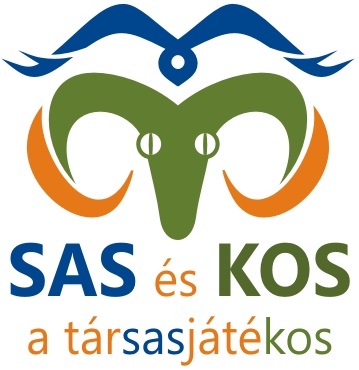
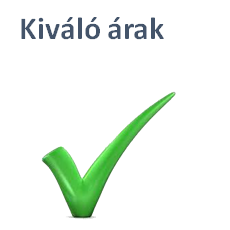
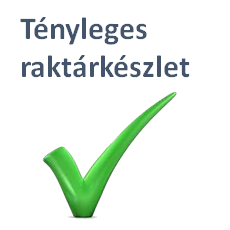
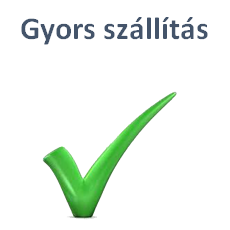

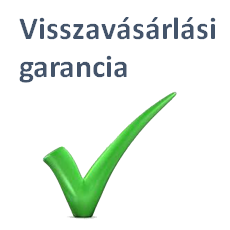
GYERE! TÁRSASOZZ VELÜNK!
Címkék
társasjáték, angol, BlackFire
Northern Italy - and especially Milan - at the end of the 15th century was the brutal focal point for power and control between France and the Imperialist empires of Venice and Spain. And the battles fought for this prize are a record of the changing face of how war was fought.
At the start of the 'war', the main forces were mounted men-at-arms and a tightly packed and closed formation of pike, especially as represented by the Swiss. But as battle churned into battle, that slowly changed. Firepower, in the form of the arquebus (an early musket) became increasingly prevalent and dominant, forcing the closed pike formations to open up, as the Spanish did (with sword and buckler), and the reliance on heavily mounted cavalry to decrease.
ARQUEBUS shows all of this in true die-rolling glory, featuring 8 major battles: Fornovo, Cerignola, Agnadello, Ravenna, Marignano, Bicocca, Pavia, and Ceresole. These are all really great game-players, with all but two of them half-mappers playable in 3 hours or less. The other two are the 'tiny' page-sized (8" x 11") Cerignola and the big one-mapper, the major, final battle of Pavia. Pavia was a crushing defeat wherein France lost over 50% of its army and almost all of its nobility of command, including her king, Francis I, who was captured. But for gamers, Pavia is wonderful gameplay, with units all over the greatly detailed map, much maneuver and many tough decisions to make.
ARQUEBUS uses the popular "Men of Iron" mechanics with much concentration on detail of weaponry, from the differences between closed formation and open, to the decline of the Swiss (pas d'argent? pas de Suisse), and the rise of the German Landsknecht, the major force in warfare of the era and, ironically, the best-dressed men in Europe. Yes, Landsknecht uniforms literally set the fashion trend at the time for the entire western world.
And to match this sartorial splendor will be the great visual look of ARQUEBUS, from the colorful units to the splendid maps and helpful charts. Most the battles are good for solitaire play, so when you're traveling to roll those dice, remember to Take The 'BUS!
COMPONENTS
2 - 22x34” double-sided color maps
3 Counter Sheets (840 Counters)
3 Player Aid Cards:
2 d10 Dice
1 Rule book
1 Battle book





